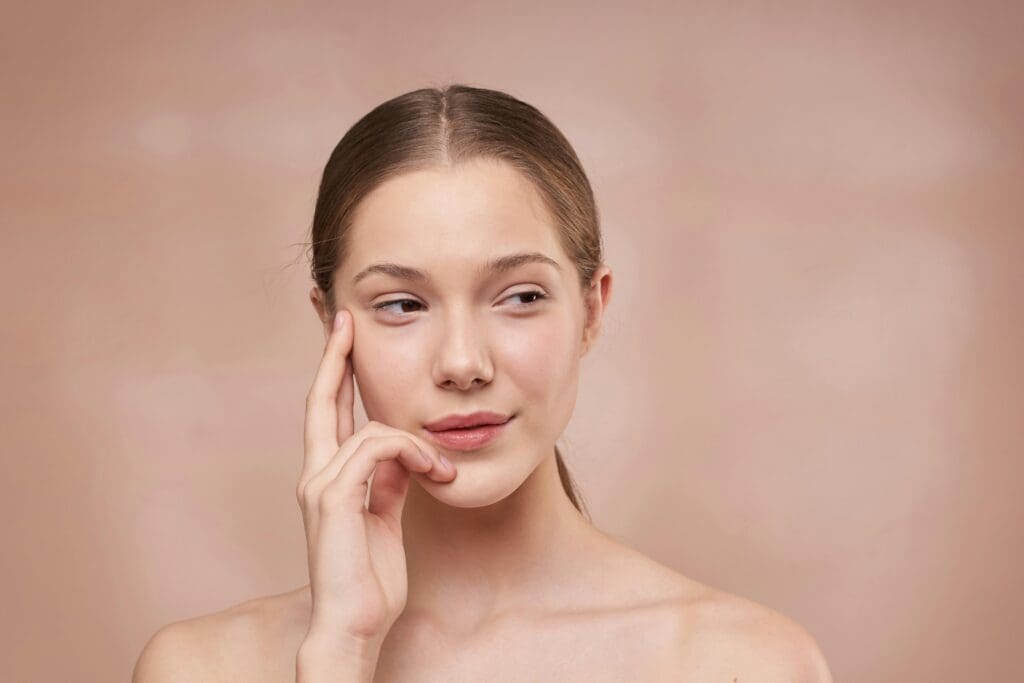Malar bags, also known as festoons, are puffiness or swelling that appears just below the lower eyelids and on top of the cheekbones. Unlike regular under-eye puffiness, which often results from fluid retention or allergies, malar bags are more pronounced and persistent, becoming more noticeable with age.
Many factors, including genetics, ageing, and lifestyle choices, can influence the appearance of malar bags. Stress and lifestyle habits are critical in exacerbating malar bags. Fortunately, the right combination of lifestyle adjustments and treatments can manage malar bags effectively.
One popular option for dealing with malar bags is through malar bags treatment, which includes a range of non-surgical and surgical interventions to help reduce puffiness and restore a youthful appearance.
The Role of Stress and Lifestyle
Stress significantly impacts our appearance, especially the delicate skin around the eyes. When stressed, the body produces higher cortisol levels, a hormone that triggers inflammation and fluid retention. This can cause malar bags to become more prominent and long-lasting. High cortisol levels affect the body’s ability to manage fluid retention and break down the collagen and elastin in the skin, which are crucial for maintaining youthful skin.
In addition to stress, poor sleep, dehydration, and diet can worsen malar bags. Sleep is essential for skin regeneration and healing. When we fail to get enough restful sleep, the skin around the eyes becomes more vulnerable to swelling, which can accentuate malar bags. Dehydration is another crucial factor because the body’s inability to retain moisture can lead to puffiness. Conversely, excessive sodium intake causes water retention, further exacerbating puffiness around the malar area.
Lifestyle Changes to Reduce Malar Bags
- Getting Enough Sleep: Aim for at least 7–8 hours of restful sleep per night to allow your skin to heal and prevent puffiness from forming. Elevating your head slightly while sleeping can also help reduce fluid retention in the malar area.
- Staying Hydrated: Drinking enough water ensures the skin remains moisturised from within, preventing puffiness and dehydration. Make it a goal to drink at least eight glasses of water daily, and try to minimise the intake of dehydrating beverages like alcohol or caffeine.
- Managing Stress: Stress reduction techniques such as meditation, yoga, and mindfulness can significantly lower cortisol levels and reduce the likelihood of inflammation and fluid retention. Regular exercise can also help in this regard by improving circulation and encouraging the removal of excess fluid.
- Eating a Balanced, Low-Sodium Diet: A diet rich in fruits, vegetables, and lean proteins helps nourish the skin and reduce puffiness. Limiting sodium intake is particularly important as it prevents water retention, which can worsen malar bags. Avoid highly processed foods and focus on whole, unprocessed options.
- Using Skincare Products: Incorporating skincare products that contain ingredients like caffeine or hyaluronic acid can help to reduce puffiness. Caffeine is known to constrict blood vessels, which can reduce swelling, while hyaluronic acid helps to hydrate and plump the skin, minimising the appearance of malar bags.
Malar Bags Treatment Options
- Dermal Fillers: Dermal fillers are among the most common non-surgical treatments for malar bags. These injectables fill in hollows or areas of volume loss, smoothing the skin and reducing puffiness. The results are often immediate and can last several months.
- Laser Treatments: Laser treatments use focused light energy to stimulate collagen production, which can tighten the skin around the malar area. This helps in reducing the appearance of puffiness while improving skin texture and tone.
- Radiofrequency (RF) Therapy: RF therapy uses heat to stimulate collagen and elastin production deep within the skin. This non-invasive treatment can effectively tighten sagging skin and reduce fluid buildup, helping to improve the overall appearance of malar bags.
- Blepharoplasty: In more severe cases where malar bags are significantly pronounced, surgical intervention such as blepharoplasty (lower eyelid surgery) might be recommended. This procedure removes excess skin and fat from the area, dramatically improving the appearance of the lower eyelids and cheeks.
Prevention and Long-Term Management
Maintaining a healthy lifestyle is critical to long-term management and preventing malar bags. Combining these efforts with professional treatments can deliver the most effective results. Regularly practising good sleep hygiene, staying hydrated, managing stress, and eating a nutritious, low-sodium diet can help minimise the development of malar bags over time.
In addition to these lifestyle changes, seeking professional treatments when necessary, such as dermal fillers or laser therapy, can help restore a more youthful and refreshed appearance. By taking a proactive approach to skin health and combining healthy habits with targeted treatments, it’s possible to significantly reduce the appearance of malar bags and maintain long-term results.

